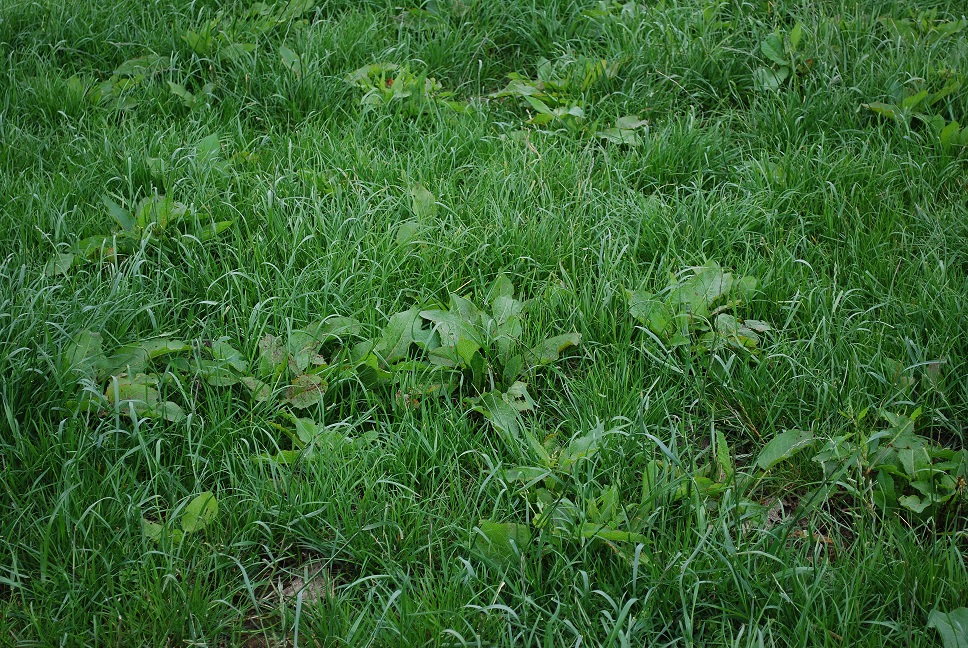
Effective weed control is an important part of grassland management. It will improve forage yield, quality and longevity.
So it is worth doing well and in a professional manner, according to Nufarm.
For livestock farmers, grassland offers an economic and valuable source of grazing and conserved forage and its effective utilisation is key to profitability.
According to SRUC trials, a 10% infestation of docks or thistles in a sward causes a proportional loss of dry matter, whilst buttercups not only compete with grass growth but are also somewhat toxic to livestock. Ragwort is a notifiable weed and is highly toxic to livestock.
"A well-managed pasture free of weeds is the goal for all livestock farmers,", says Dick Dyason, Technical Manager for Nufarm UK.
He explains that weedkillers are most effective on actively growing weeds at the susceptible growth stage.
For annual weeds the smaller the weed the better, but for perennials with deep roots it is best to start at the rosette stage when weeds have active healthy new growth.
Looking at specific weeds docks provide only 65% of the feed value of grass from same area and they return thousands of seeds per year so can quickly build up in the pasture.
The herbicide Thrust (2,4-D plus dicamba) gives excellent control of docks in established grassland with no clover in the sward.
If there is white clover in the grass sward, then Squire Ultra (amidosulfuron) is preferred.
For thistles Thrust is also recommended, but if it is nettles you are worried about in newly sown leys, then Cirran 360 (2,4-D + MCPA) gives useful control when weeds are at flower bud stage.
Once established, nettles in grassland are rarely controlled by one treatment.
They make the pasture unpalatable and reduce the grazing area, and will need a programmed approach for their control.
Buttercups are common weeds in pastures and stock will not graze them. They are controlled either by Thrust or Cirran 360.
Dick advises livestock farmers to use the services of a professional agronomist to get the best weed control levels and the best performance from their herbicide inputs.
"An agronomist will know the best conditions and the optimum timings to apply any particular product.
"He or she will be focused on getting a top quality top yielding sward.” He warns that some herbicides have restricted times to allow livestock back into the treated area that must be adhered to.
"I see the increasing need for a professional approach when controlling weeds in grassland.
Such an approach will help productivity on an on-going basis."
